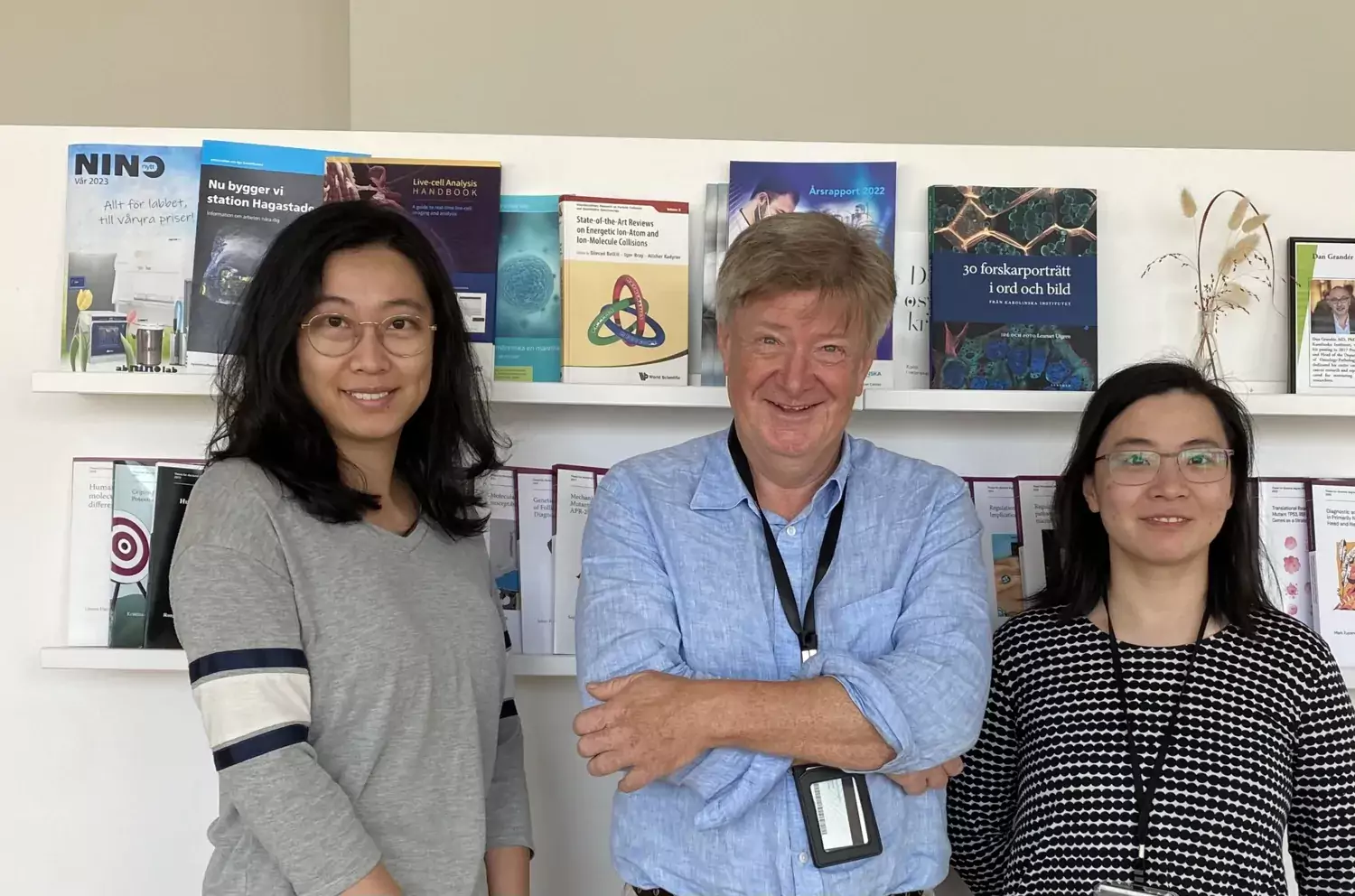AmotL2 Protein Unveils Link Between Junctions and Vascular Disease, Revealing Gender Differences in Abdominal Aortic Aneurysms

A groundbreaking study published in Nature Cardiovascular Research uncovers the crucial role of the AmotL2 protein in connecting mechanical forces to endothelial cell integrity and alignment. This discovery sheds light on junctional mechanotransduction and its implications for vascular disease, including abdominal aortic aneurysms (AAA). Importantly, the study reveals gender differences, with males showing a higher incidence of AAA.
Endothelial cells respond to blood flow's mechanical forces, but the mechanisms were unknown. Researchers discovered that AmotL2 acts as a vital bridge, connecting VE-cadherin and actin filaments to the nuclear lamina within cells.
AmotL2 is crucial for forming actin filaments and aligning endothelial cells. Its absence compromises cell integrity, impacting nuclear structure and positioning.
Remarkably, in this study it was shown that male mice lacking AmotL2 exhibited a higher incidence of AAA compared to females. These gender differences highlight the potential influence of sex-related factors in AAA development.
AmotL2 enables the binding of VE-cadherin to actin, transmitting mechanical signals to the nuclear membrane. Mice lacking AmotL2 developed AAA and showed a pro-inflammatory response, emphasizing its critical role in vascular health.
Human AAA samples showed a negative correlation between AmotL2 expression and aortic intima inflammation, underscoring its relevance in vascular disease.
Professor Lars Holmgren at the Department of Oncology-Pathology stated, "Our research provides insights into junctional mechanotransduction and vascular disease. Understanding AmotL2's role offers potential therapeutic interventions for AAA, and the observed gender differences highlight the complexity of this disease."
These findings have significant implications for vascular biology and open doors to innovative therapeutic strategies. Further research will focus on AmotL2 signaling pathways and interventions to modulate its activity.
The VE-cadherin/AmotL2 mechanosensory pathway suppresses aortic inflammation and the formation of abdominal aortic aneurysms
Yuanyuan Zhang, Yumeng Zhang, Evelyn Hutterer, Sara Hultin, Otto Bergman, Solrun Kolbeinsdottir, Hong Jin, Maria J. Forteza, Daniel F. J. Ketelhuth, Joy Roy, Ulf Hedin, Martin Enge, Ljubica Matic, Per Eriksson & Lars Holmgren.
Nature Cardiovascular Research, 29 June 2023.
For more information, please contact:
Lars Holmgren
Department of Oncology-Pathology
0734036794
